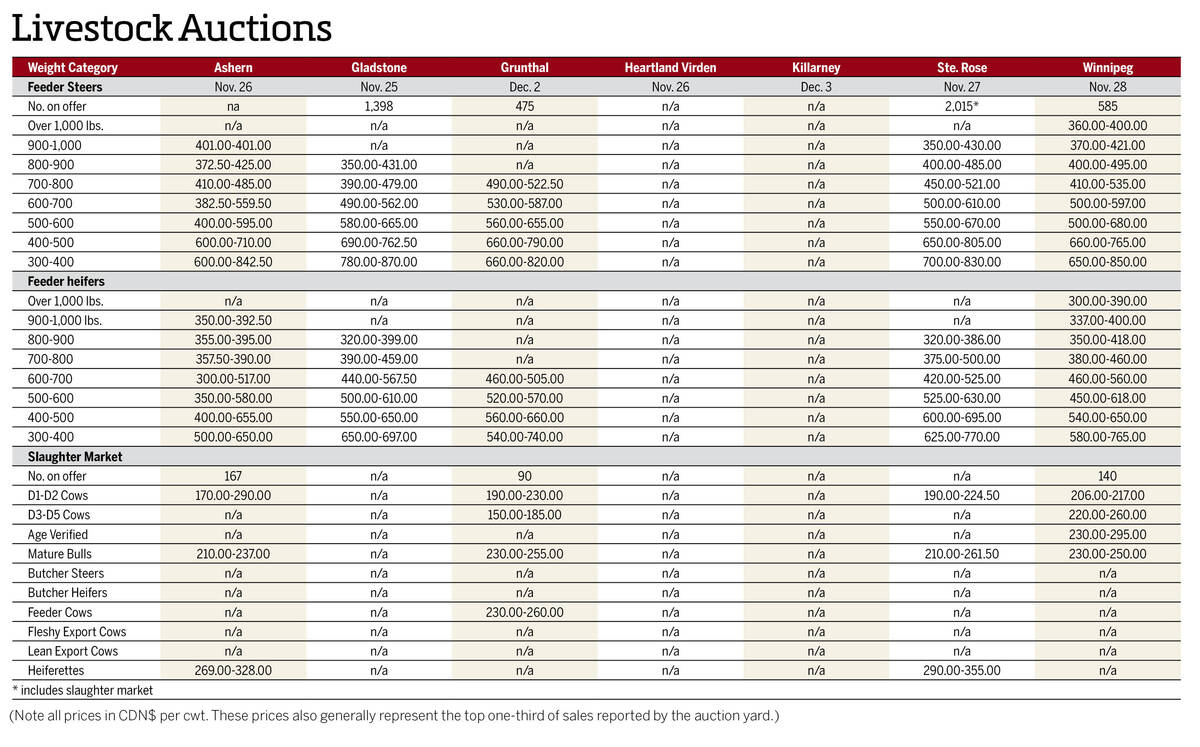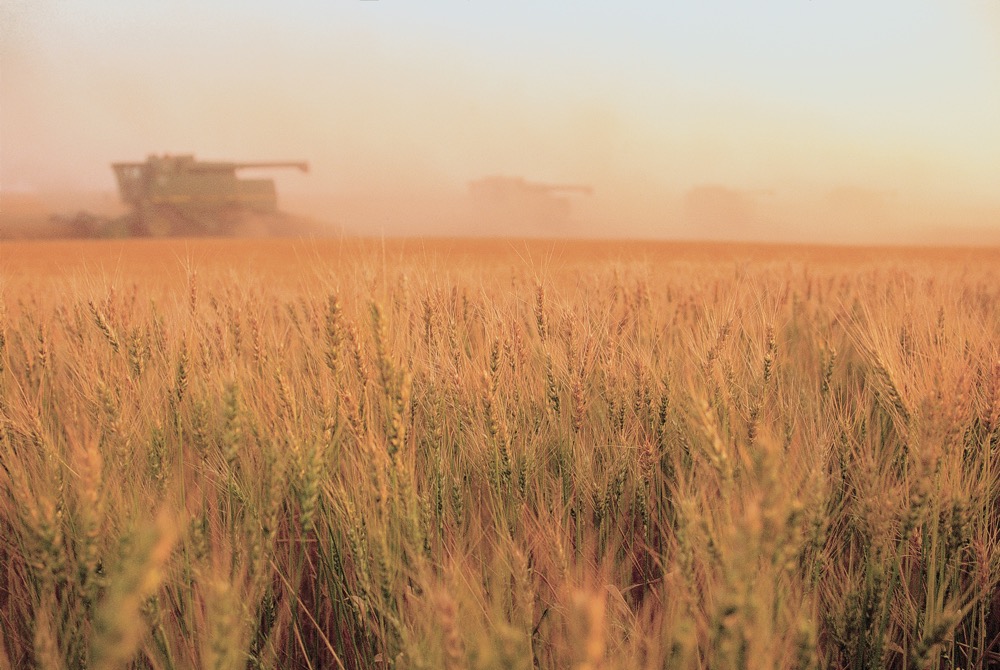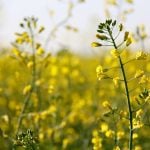Harvest is ongoing just about everywhere — the three oak trees on my front yard grew a good crop of acorns this year, with the pitter-patter of falling acorns and chirping of squirrels becoming a near constant sound. The sheer number of squirrels scrambling to bring food for the winter is impressive to say the least. As for harvest elsewhere:
Canola production
After hot and dry conditions earlier in the growing season were followed by timely rains, at least in some areas, opinions are mixed on the size of this year’s Canadian canola crop. Estimates range anywhere from 16 million to 19 million tonnes, which would compare with the 18.2 million tonnes grown last year. Statistics Canada releases its first official production estimate on Aug. 29, but that will be based off satellite data and will likely be taken with a large grain of salt by the trade. From a marketing standpoint, production at the lower end of that range would necessitate demand rationing — and higher prices. However, even if production ends up hitting the more optimistic targets, canola prices may still have room to the upside.
Read Also

Manitoba cattle prices, Dec. 3
Cattle prices from Manitoba’s major livestock auction marts during the week Nov. 25-Dec. 2, 2025.
The canola chart
While seasonal harvest pressure is to be expected over the next month or so, recent price activity was supportive from a technical standpoint in canola, with the November contract gaining about $40 per tonne over the week of Aug. 13-18. Solid support can be found at around $760, where the 50- and 200-day moving averages converge, with closes above $800, setting the stage for a retest of the July highs around $840.
Jackson Hole
The U.S. Federal Reserve holds its annual symposium in Jackson Hole, Wyoming, Aug. 24-26, with central bankers, economists, academics and other market participants meeting to discuss the kinds of things you would expect from such a group. Headlines out of the summit will likely have an influence on financial and energy markets, spilling into the agricultural sector. The Canadian dollar was weakening in mid-August, trading at its softest level in more than two months.
Crop tour
Private analytical firm Pro Farmer conducts its annual crop tour of U.S. soybean- and corn-growing regions Aug. 21-24, with the trade usually taking great stock in the anecdotal yield estimates that will be coming out on social media. The U.S. Department of Agriculture may have just released its own production estimates on Aug. 11, but the trade will be looking for ‘boots on the ground’ confirmation. Much like canola, opinions are divided on the actual size of this year’s soybean and corn crops, but the proverbial squirrels will be out in full force chirping for the world to hear what they think of things.
















